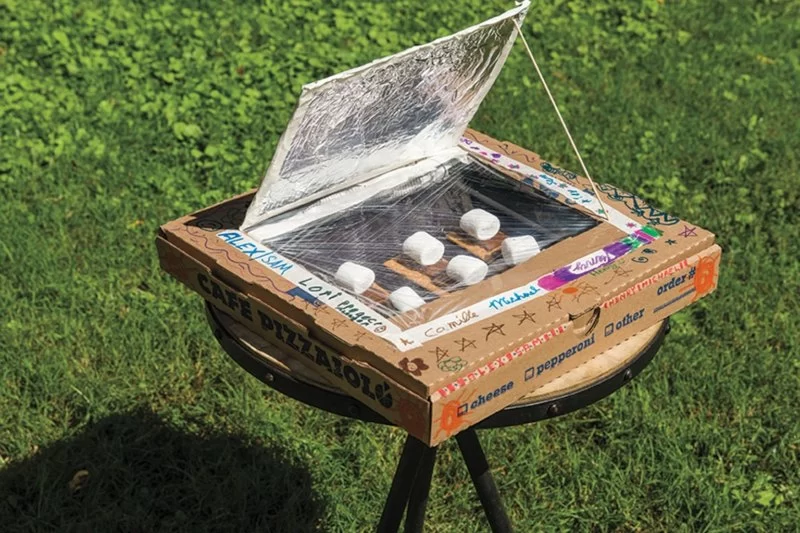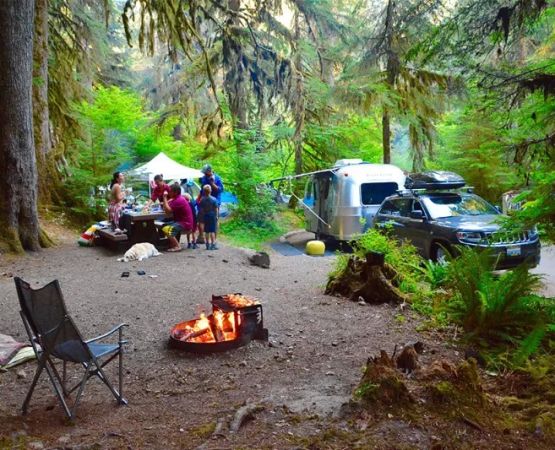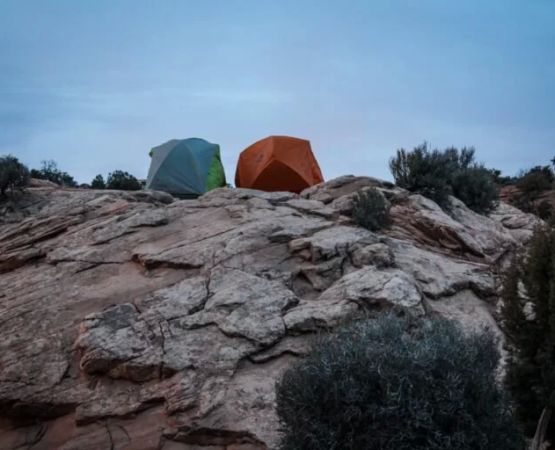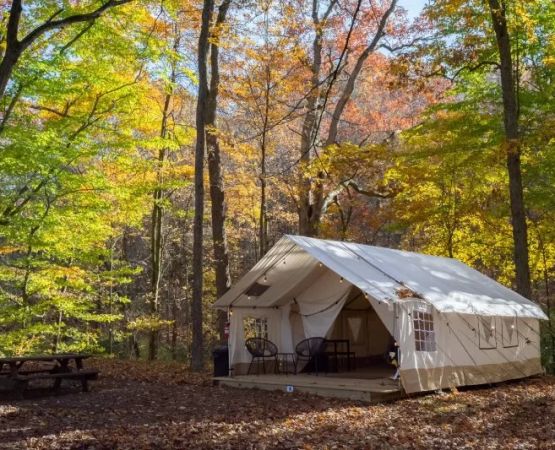- #solar-oven-basics - understanding-how-it-works - why-its-perfect-for-camping
- #setting-up-your-solar-oven - choosing-the-right-location - aligning-with-the-sun
- #preparing-meals - best-foods-for-solar-cooking - timing-and-temperature-control
- #solar-cooking-tips - real-camping-scenarios - managing-weather-conditions
- #solar-oven-safety - handling-hot-equipment - avoiding-common-mistakes
- #stories-from-camp - how-real-campers-use-solar-ovens - lessons-learned
- #eco-friendly-benefits - sustainability - energy-saving-and-community-impact
- #expert-advice - planning-your-next-trip - recommendations-from-pine-cliff-resort
1. Understanding Solar Oven Basics
1.1 How a solar oven works in the wild
Cooking with a solar oven might sound futuristic, but the concept is simple and beautifully natural. A solar oven captures sunlight, reflects it toward a central cooking chamber, and traps heat to create an environment similar to a slow cooker or an oven. It’s clean, quiet, and doesn’t require electricity or fuel—making it ideal for remote campsites or eco-friendly travelers. By understanding the science behind how to cook with a solar oven at camp, you open up a world of sustainable outdoor cooking.
1.2 Why solar cooking fits perfectly with the camping lifestyle
Traditional camp cooking often means hauling propane tanks, charcoal, or heavy grills. With a solar oven, your only fuel source is the sun. That means no smoke, no waste, and no risk of running out of gas. It’s not just better for the environment—it’s also safer, lighter, and surprisingly versatile. At Pine Cliff Resort, families use solar ovens to bake bread, cook stews, and even make s’mores without striking a single match.
2. Setting Up Your Solar Oven at Camp
2.1 Finding the best spot for maximum sunlight
To make the most of your solar oven, place it in a clear, open area free from shade or reflective obstructions. South-facing spots typically catch the longest hours of sunlight, especially between 10 a.m. and 3 p.m. Always double-check nearby trees or tents that may cast shadows throughout the day. Even small bits of shade can significantly reduce cooking efficiency.
2.2 Adjusting the oven angle throughout the day
Solar ovens rely on consistent sunlight, so you’ll need to adjust the reflective panels or orientation every 30 to 60 minutes. Use the shadow line method—tilt the oven until the shadow behind it is minimized—to keep sunlight directly focused on your cooking chamber. Campers at Pine Cliff Resort often mark the oven’s base on the ground with small rocks, making repositioning easier throughout the day.
3. Preparing Meals with Solar Power
3.1 Choosing the right dishes for solar cooking
Solar ovens are best for slow-cooked, moisture-rich meals. Think stews, casseroles, baked vegetables, or even homemade pizza. Because the cooking temperature rarely exceeds 350°F (175°C), food cooks gently and evenly—perfect for tender textures. Avoid deep frying or high-heat recipes. If you’re new to solar cooking, try a simple baked potato, lentil stew, or banana bread on your first attempt.
3.2 Managing time and temperature like a pro
Cooking time depends on sunlight intensity and oven design. On a bright day, expect dishes to cook 20–30% slower than in a conventional oven. Use a thermometer to monitor internal food temperature for safety. Cover your pot with a clear lid to retain heat, and try not to open the oven too often—it releases trapped energy. As a tip from seasoned campers at Pine Cliff Resort, keep two ovens side by side: one for main dishes and one for desserts or bread.
4. Solar Cooking Tips for Real Camping Scenarios
4.1 Adapting to changing weather conditions
Even on partly cloudy days, solar ovens can work effectively if you plan ahead. Start early when sunlight is strongest, and aim to finish cooking before late afternoon. If clouds persist, you can insulate your oven with a reflective blanket or light-colored fabric to maintain heat longer. Patience is part of the fun—it turns cooking into a mindful process rather than a rush.
4.2 Balancing convenience and creativity
Solar ovens encourage experimentation. Campers have roasted vegetables, baked cookies, and even reheated pizza—all without fuel or flame. One creative family at Pine Cliff Resort built their own portable solar cooker using a car windshield shade and a black pot. It may not look fancy, but it worked perfectly, proving that innovation and curiosity are as essential to camping as marshmallows and firelight.
5. Safety When Cooking with a Solar Oven
5.1 Handling hot components safely
Solar ovens can reach over 300°F inside, so treat them with the same respect as any heat source. Always wear oven mitts or use tongs when removing dishes. Place the oven on stable, heat-resistant ground away from tents and gear. Remember, sunlight continues to heat the oven even after cooking ends, so open it carefully to avoid burns.
5.2 Avoiding common solar cooking pitfalls
The most common mistake is underestimating cooking time. Plan generously and allow extra time for your meal to reach full doneness. Another error is overfilling the pot—air circulation matters for even cooking. Finally, make sure your food is in dark-colored cookware, as it absorbs heat more efficiently than shiny or light-colored dishes.
6. Stories from Campers Using Solar Ovens
6.1 Real experiences that inspire
During a summer retreat at Pine Cliff Resort, a group of scouts challenged themselves to prepare a full dinner using only solar ovens. They successfully cooked chili, cornbread, and apple crisp—all before sunset. The experience sparked new appreciation for sustainable cooking and teamwork, proving that solar energy can turn mealtime into an adventure.
6.2 What they learned along the way
Most participants were surprised by how flavorful the food was. Because solar ovens preserve moisture, dishes came out tender and aromatic. The group also discovered that preheating the oven 30 minutes before use dramatically improved consistency. Those small insights have now become regular advice shared at Pine Cliff Resort’s camping workshops.
7. Eco-Friendly Benefits of Solar Cooking
7.1 Reducing your environmental footprint
Using a solar oven cuts down on propane, charcoal, and disposable fuel waste. For long-term campers, that means less environmental impact and lower costs. It’s one of the simplest ways to align outdoor recreation with sustainability goals, and it fits seamlessly into the eco-conscious lifestyle embraced by many travelers today.
7.2 A broader impact beyond the campsite
Solar cooking also supports community awareness. Many outdoor enthusiasts who learn this technique at resorts like Pine Cliff Resort later introduce it to schools, local parks, and neighborhood events, showing others that renewable energy is accessible and practical—even in the wilderness.
8. Expert Advice and Planning Your Next Adventure
8.1 Integrating solar cooking into your camping routine
Once you’ve mastered the basics of how to cook with a solar oven at camp, consider expanding your recipes and experimenting with new ingredients. Plan your meals around daylight hours and use leftovers creatively for breakfast or snacks. At Pine Cliff Resort, visitors often join group cooking sessions to swap recipes and share success stories under the open sky.
8.2 Recommendations for first-time solar cooks
Start simple—boil rice, bake potatoes, or warm pre-cooked soups. Build confidence gradually and enjoy the slower pace. As you gain experience, solar cooking becomes second nature, connecting you to the elements in a way that no gas stove ever could. Pine Cliff Resort offers workshops and gear recommendations for campers ready to embrace this eco-friendly tradition on their next trip.







